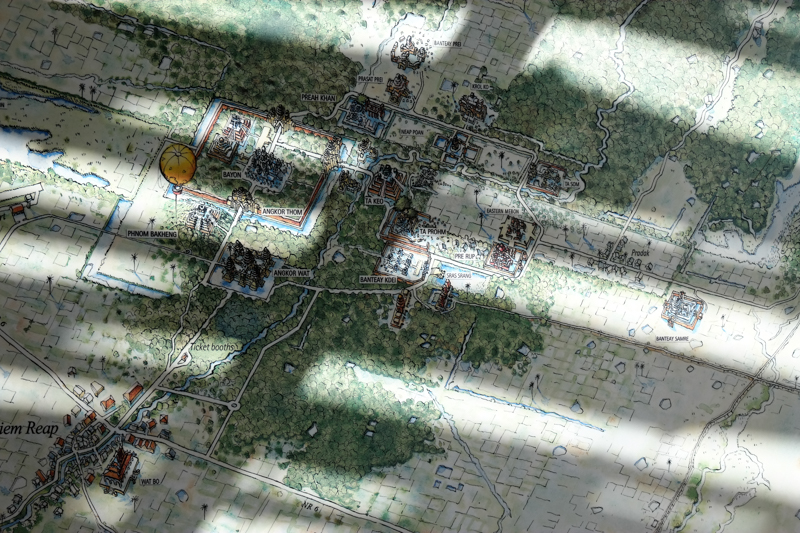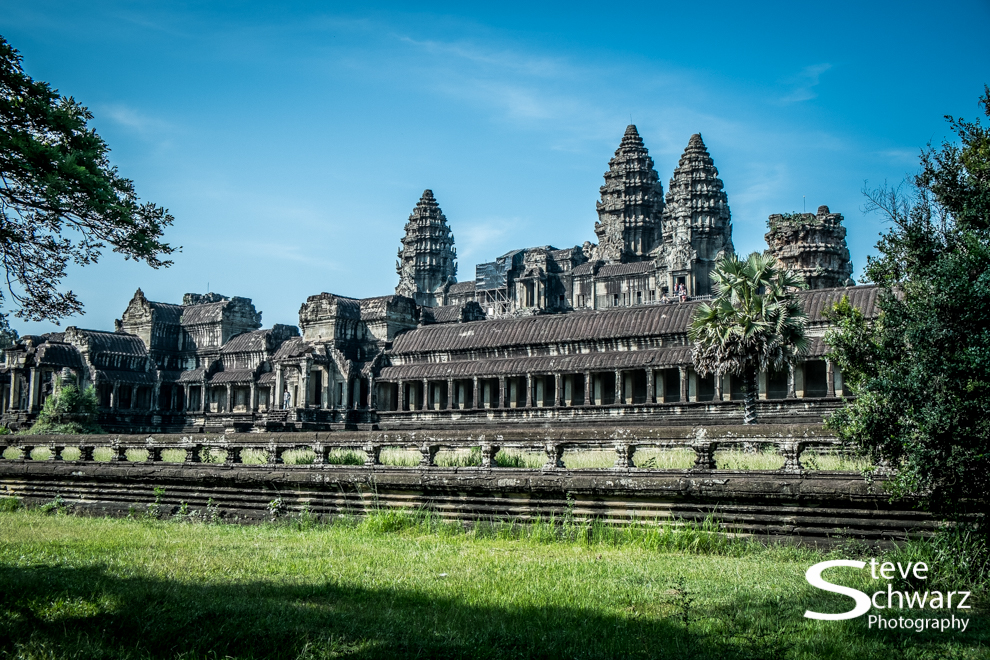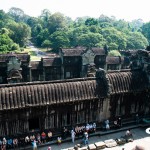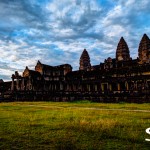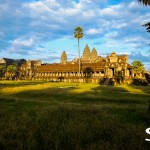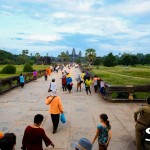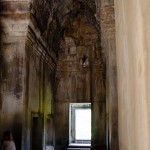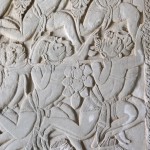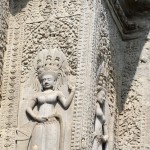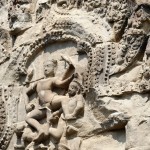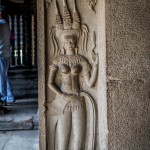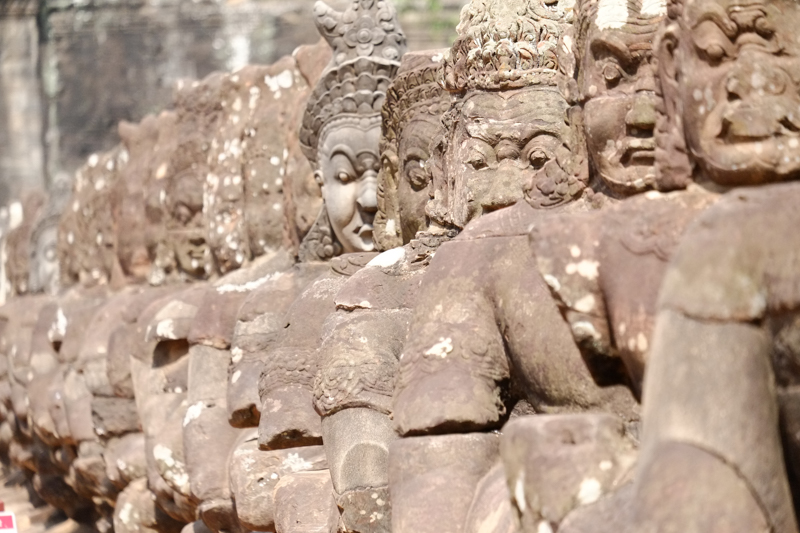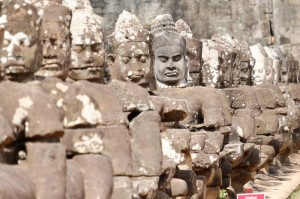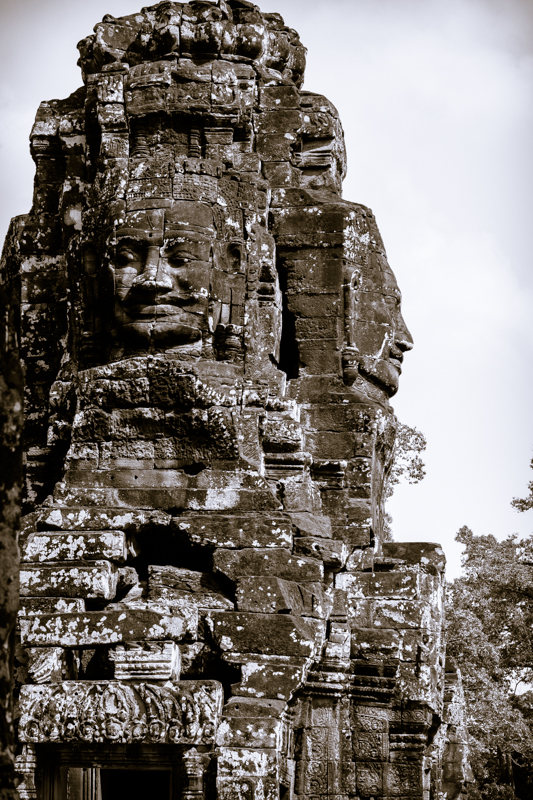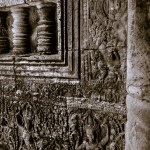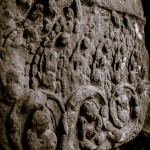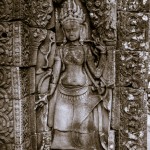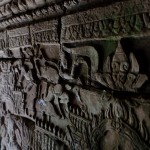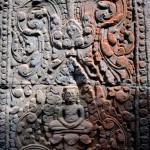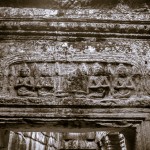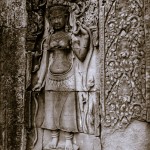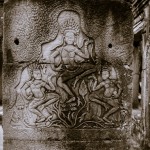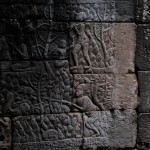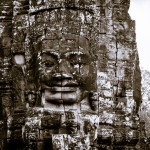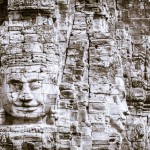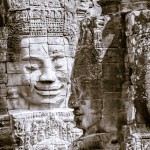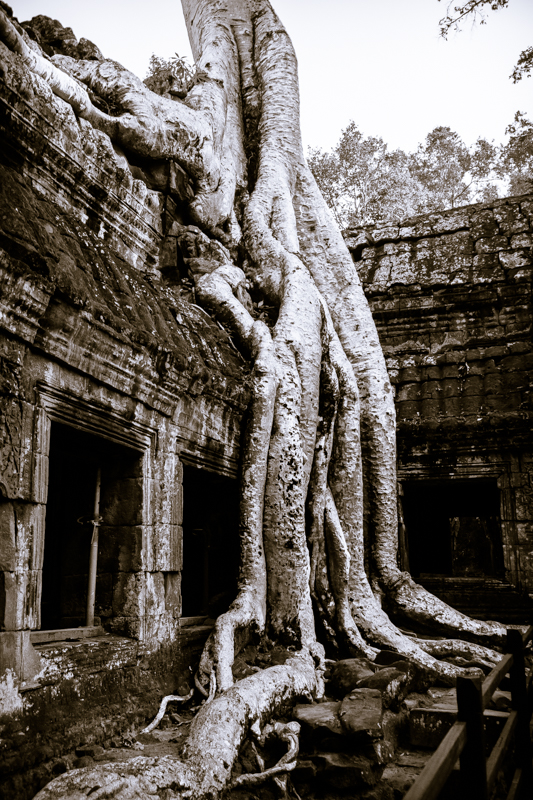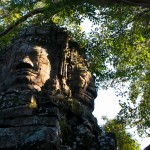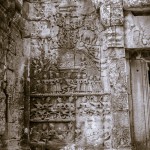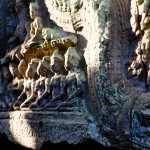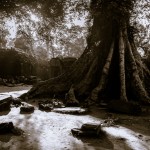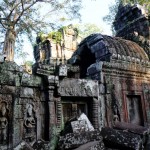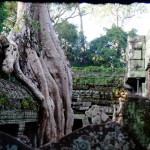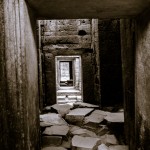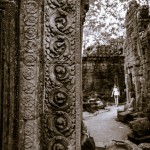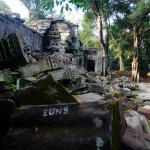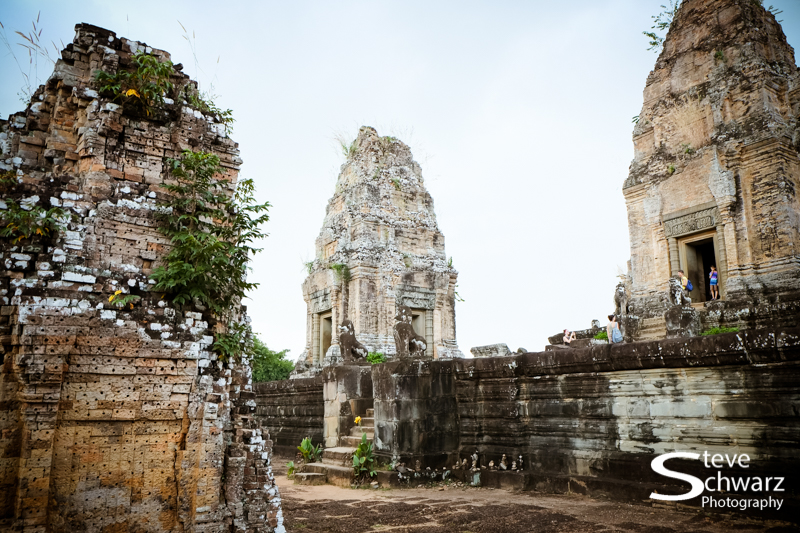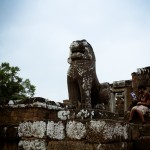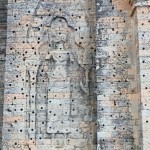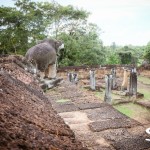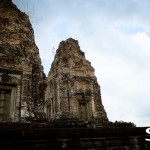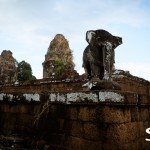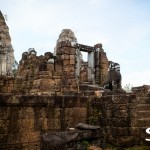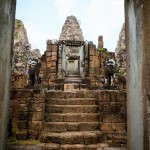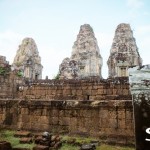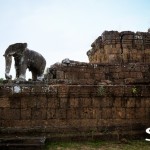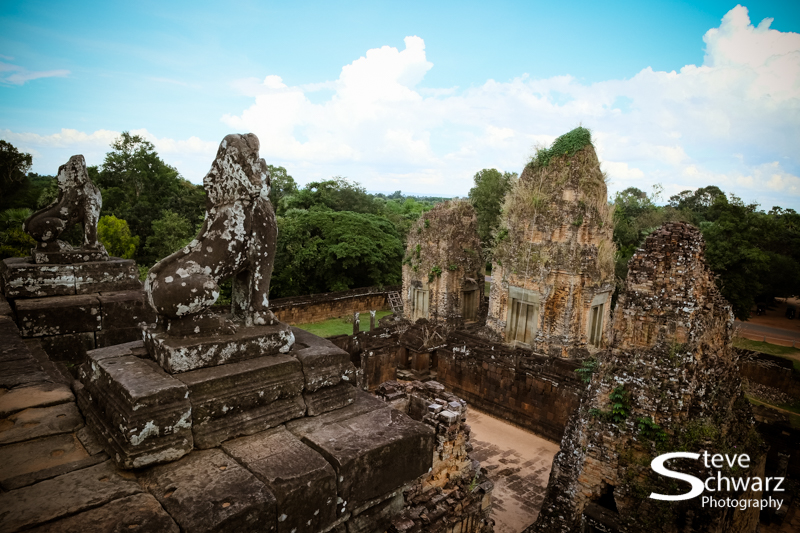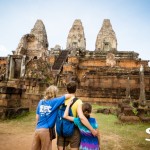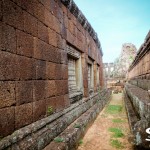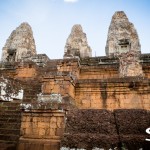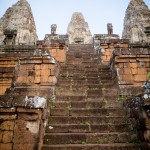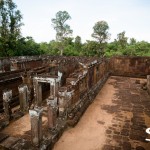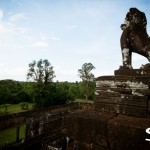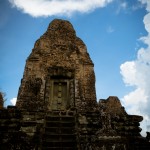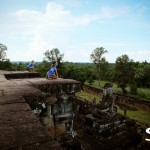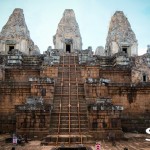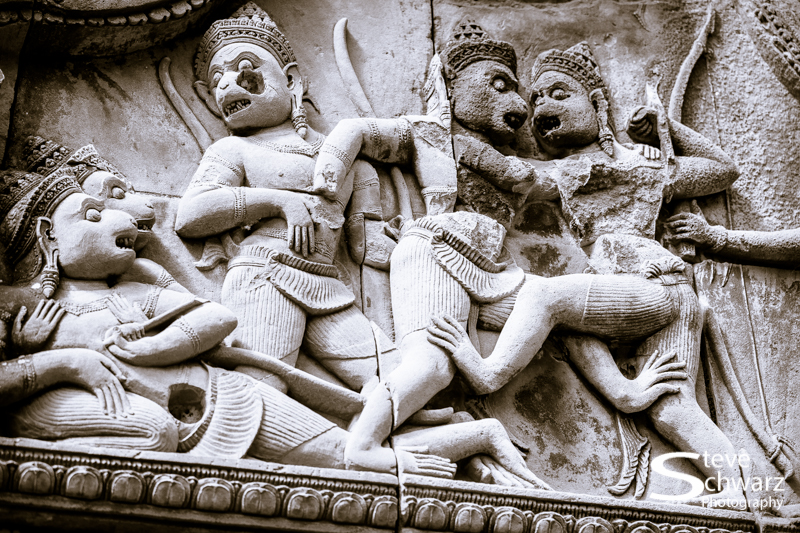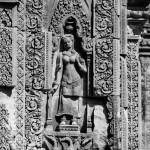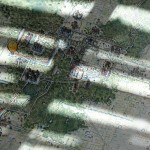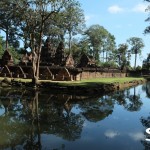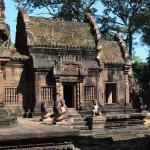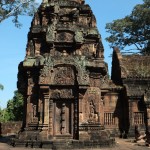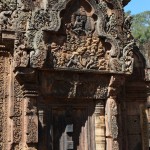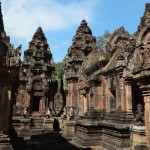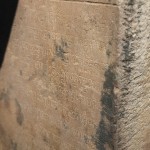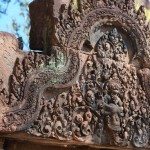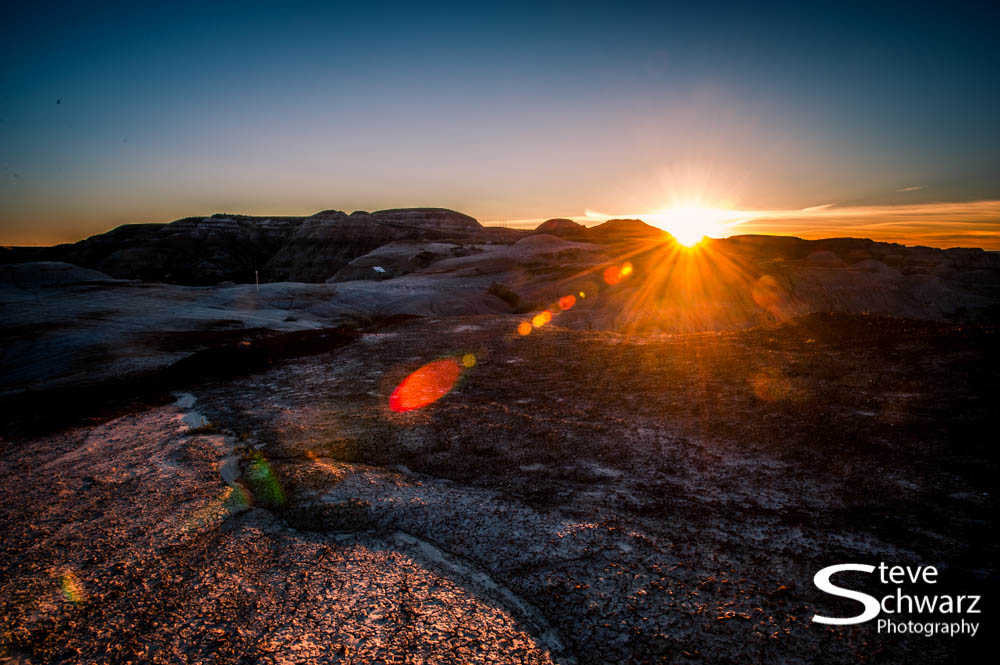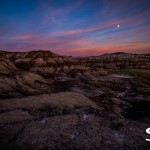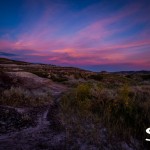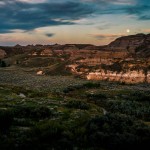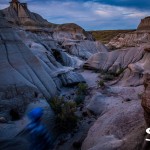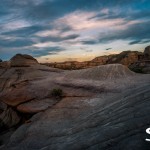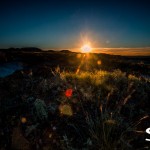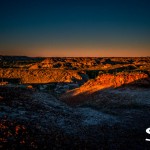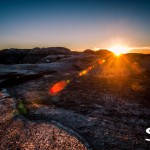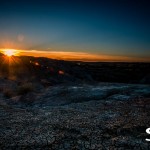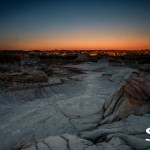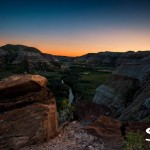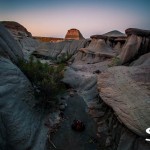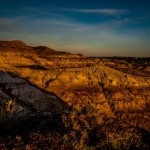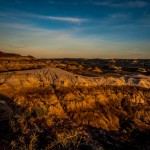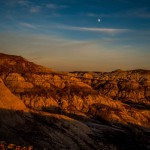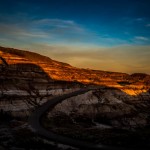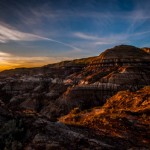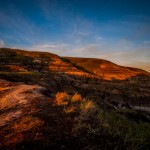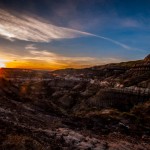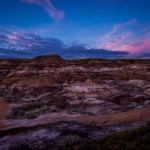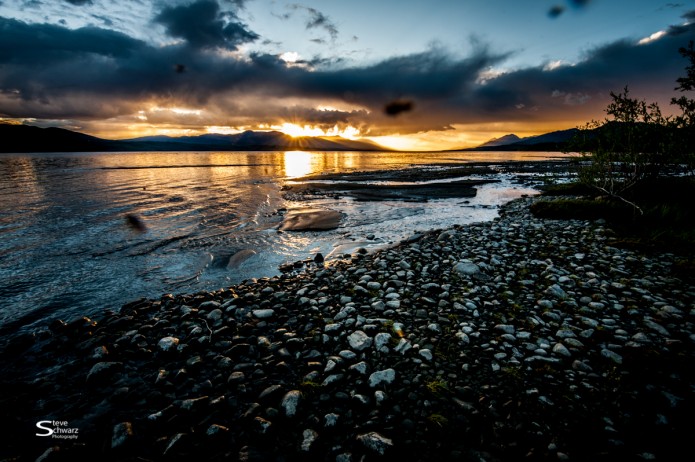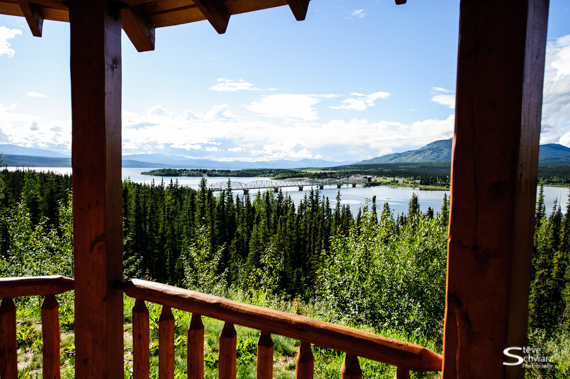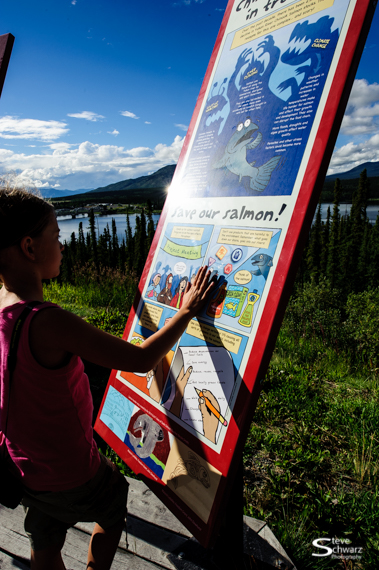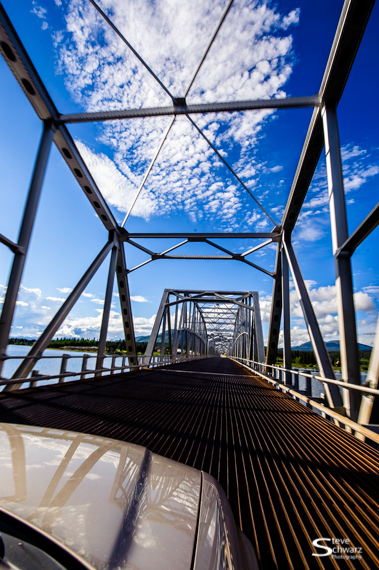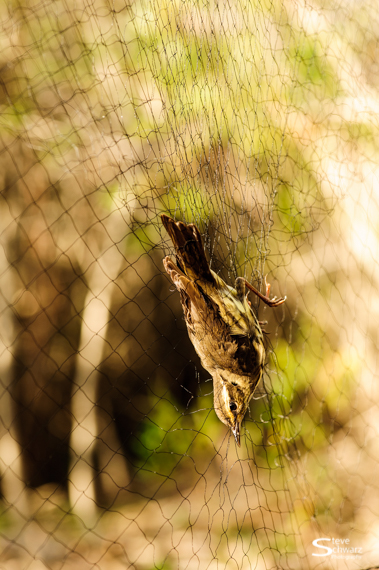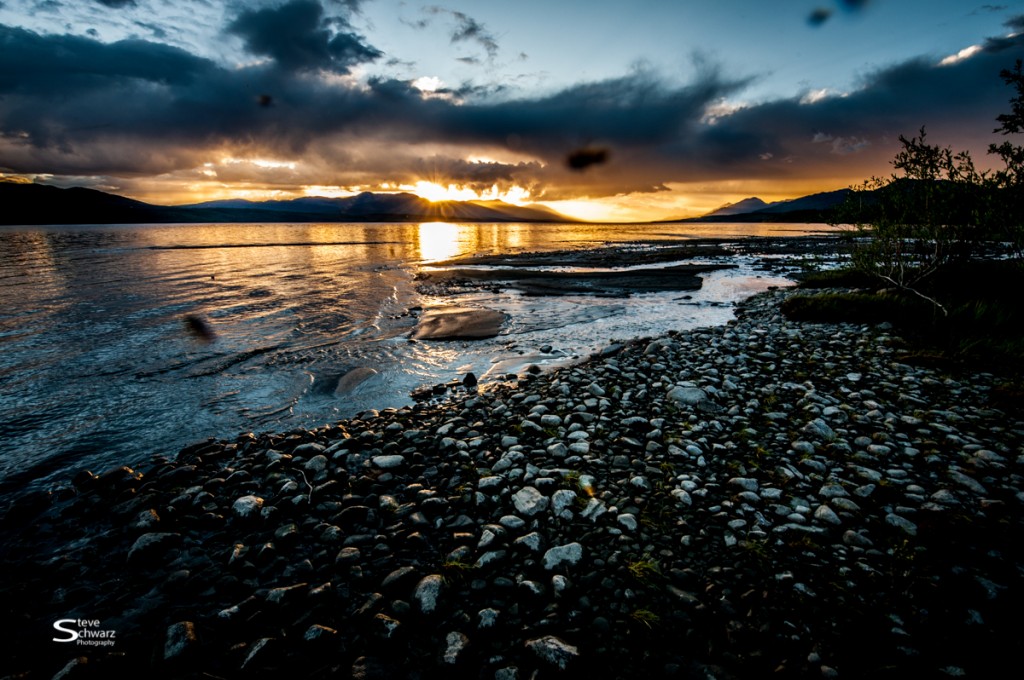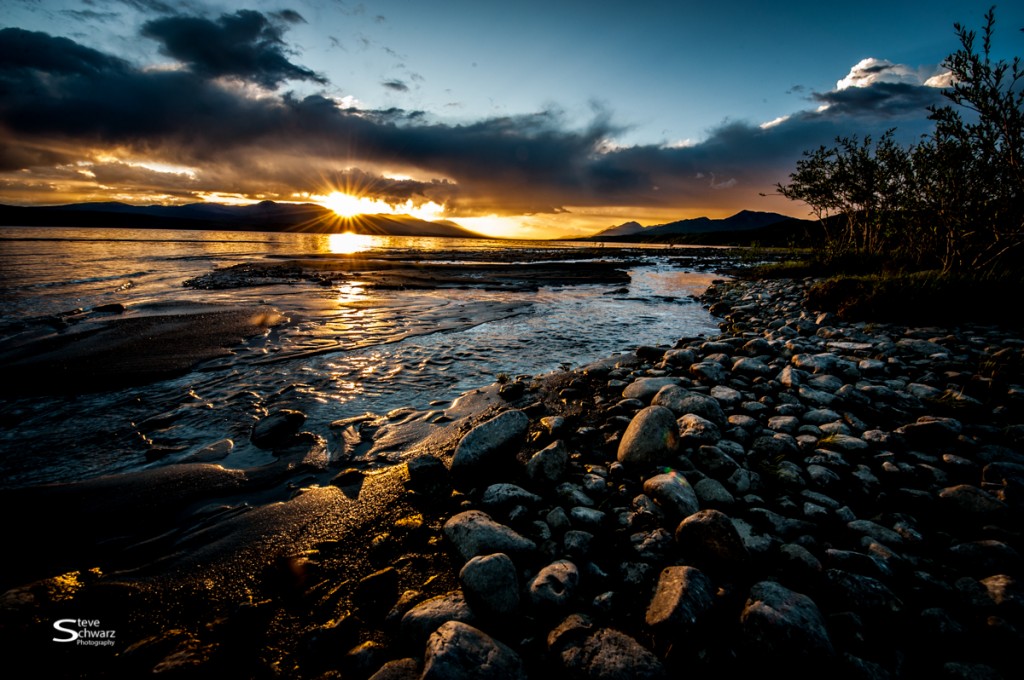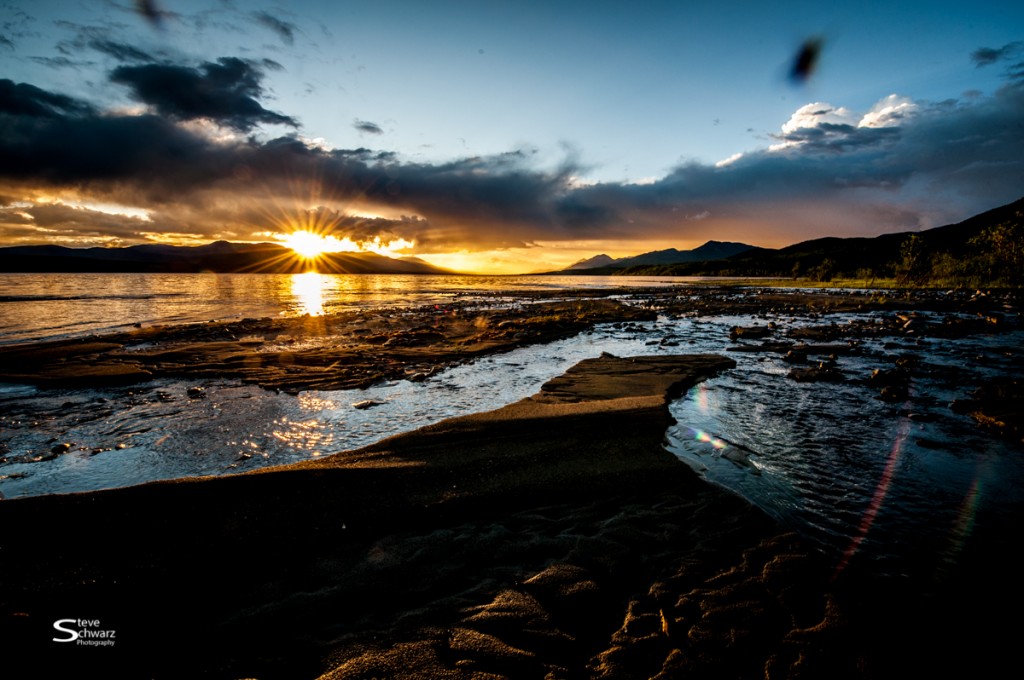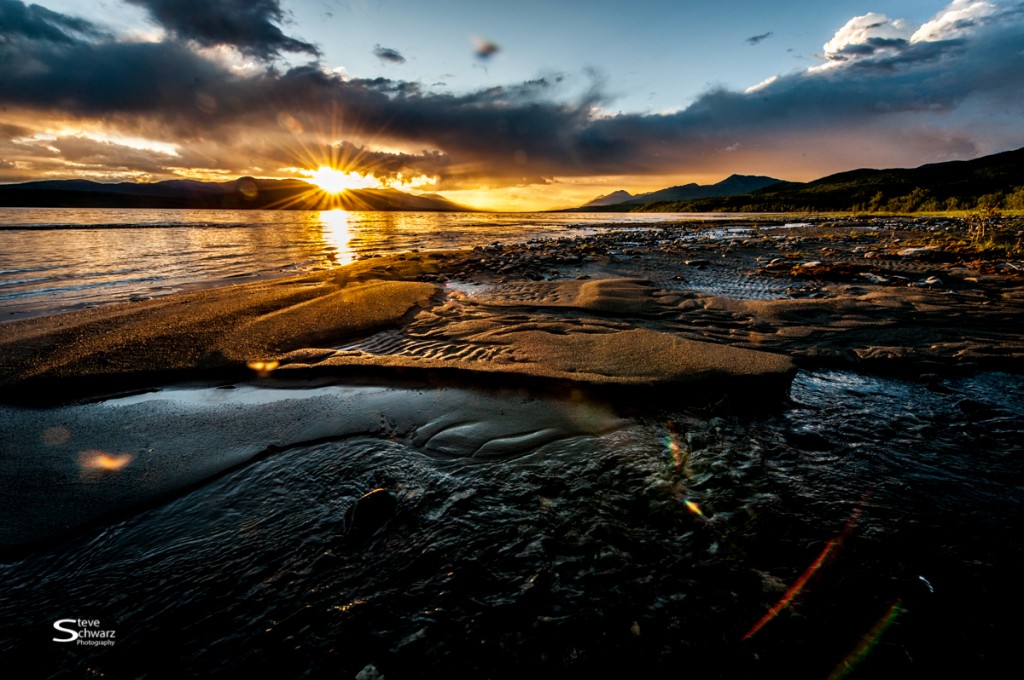Angkor is a region of Cambodia that served as the seat of the Khmer Empire, which flourished from approximately the 9th to 15th centuries. During this time, a series of state capitals and temples were built by successive Kings, abandoning the previous capital in favour of a new location with its state temple. Each new state temple was larger and more grandiose that its predecessor. Some Kings also built large irrigation systems and water reservoirs, which provided the economic infrastructure for the successive Khmer capitals and their rulers.
The history of city of Angor can be traced back to the rein of the Khmer Hindu monarch King Jayavarman II, who chose the location for the royal court. Half a century later his son, Yashovarman, established Yashodapura (later called Angkor), the permanent capital of the Khmer Empire until the 15th century. A Khmer rebellion resulted in the 1431 sacking of Angkor by Ayutthaya, causing its population to migrate south to Longvek.
The ruins of ancient Angkor are near modern-day Siem Reap city, in Siem Reap Province, and the area is protected as a UNESCO World Heritage Site.
Angkor Wat is the largest religious monument in the world and is one of the most important archaeological sites in Angkor.
Click on the images to see them Larger
Angkor Thom is a 3km2 walled and moated royal city and was the last and most enduring capital city of the Khmer empire. It was built in the late twelfth century by King Jayavarman VII.
Click on the images to see them Larger
Bayon Temple is a well-known and richly decorated Khmer temple, and was the last state temple to be built at Angkor. Built in the late 12th century or early 13th century as the official state temple of the Mahayana Buddhist King Jayavarman VII, the Bayon shrine is dedicated to the Buddha. Following Jayavarman’s death, it was modified by later Hindu and Buddhist kings in accordance with their own religious preferences.
Click on the images to see them Larger
Architecturally, Ta Prohm Temple is similar to other Jayavarman VII temples. It was built about mid-12th century to early 13th century (1186) and is dedicated to his mother.
Click on the images to see them Larger
East Mebon and Pre Rup are often referred to as the Twin Temples. Similar in style, they were built by King Rajendravarman, but have some interesting contrasts. They are earlier Angkor temples, or rather temple mountains, and Hindu in style (dedicated to Shiva) with a crowning quincunx of towers (similar to the pattern of dots on a number 5 dice).
Of all the temples in Angkor, Pre Rup and East Mebon are among the most architecturally and appealing temples. Both temples are constructed with brick, laterite and sandstone – reflect warm red hues in the early morning or from late afternoon to sunset.
East Mebon
Click on the images to see them Larger
Pre Rup
Click on the images to see them Larger
Banteay Srei
Click on the images to see them Larger
Final – I hope you like the photos. Given more time, I would have gone to some of the more remote and less main-stream temples. With a family and being a teacher for the kids for the next 7 months – there is not enough time to visit all the temples, or enough time to dedicate to photography. That said, traveling with the family for 10 months is a pretty awesome experience.
